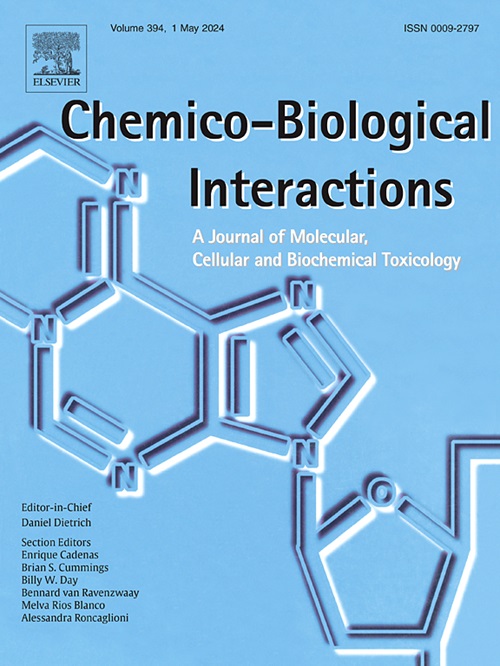The use of phosphotriesterase in the synthesis of enantiomerically pure ProTide prodrugs
IF 4.7
2区 医学
Q1 BIOCHEMISTRY & MOLECULAR BIOLOGY
引用次数: 0
Abstract
Outbreaks of viral diseases, such as COVID-19, and chronic viral diseases, such as HIV and hepatitis, have highlighted the need to develop antiviral medications. ProTide nucleotide analogs such as Remdesivir and Sofosbuvir have become an important class of antivirals. The ProTides are phosphonamidate prodrugs, which contain an alanine ester and a phenyl group esterified to a chiral phosphorus of a nucleotide analog. The resulting triester effectively masks the charge on the phosphate moiety to facilitate entry into the cell and are much more effective than the corresponding nucleoside analogs. Once in the cell, the ProTides require activation by cellular enzymes to remove the masking groups on the phosphorus. The activation in the cell is dependent on the stereochemistry of the phosphorus center with the effectiveness of a given isomer differing between tissue types. The ProTides are produced as single isomers at the phosphorus center by chiral chromatography or selective crystallization, but in many cases only a single isomer can be produced, potentially limiting the effectiveness of the ProTides. The phosphotriesterase (PTE) from Brevundimonas diminuta is well known for its ability to selectively hydrolyze chiral phosphotriesters. The extensive directed evolution of PTE has led to the identification of variants that can selectively hydrolyze the phosphonamidate precursor of the ProTides, allowing the preparation of optically pure ProTides. Importantly, the variant In1W-PTE allows the isolation of the pure RP-isomer while G60A-PTE and W131M-PTE allow the isolation of the pure SP-isomer, thereby facilitating the efficient preparation of either isomer of the final ProTide.
磷酸三酯酶在对映体纯ProTide前药合成中的应用。
病毒性疾病(如COVID-19)和慢性病毒性疾病(如艾滋病毒和肝炎)的爆发,凸显了开发抗病毒药物的必要性。ProTide nucleotide类似物如Remdesivir和Sofosbuvir已经成为一类重要的抗病毒药物。ProTides是phosphonamidate前药,包含一个丙氨酸酯和一个苯基,酯化成核苷酸类似物的手性磷。由此产生的三聚体有效地掩盖了磷酸盐部分上的电荷,以促进进入细胞,并且比相应的核苷类似物更有效。一旦进入细胞,蛋白酶就需要细胞酶的激活来去除磷上的掩蔽基团。细胞内的活化依赖于磷中心的立体化学,不同组织类型的给定异构体的有效性不同。通过手性色谱法或选择性结晶法可以在磷中心产生单个异构体,但在许多情况下只能产生单个异构体,这可能限制了ProTides的有效性。来自微小短单胞菌的磷酸三酯酶(PTE)以其选择性水解手性磷酸三酯的能力而闻名。PTE的广泛定向进化导致鉴定出能够选择性水解ProTides的膦酰前体的变体,从而制备光学纯ProTides。重要的是,变体In1W-PTE允许分离纯rp -异构体,而G60A-PTE和W131M-PTE允许分离纯sp -异构体,从而促进最终ProTide的任何异构体的有效制备。
本文章由计算机程序翻译,如有差异,请以英文原文为准。
求助全文
约1分钟内获得全文
求助全文
来源期刊
CiteScore
7.70
自引率
3.90%
发文量
410
审稿时长
36 days
期刊介绍:
Chemico-Biological Interactions publishes research reports and review articles that examine the molecular, cellular, and/or biochemical basis of toxicologically relevant outcomes. Special emphasis is placed on toxicological mechanisms associated with interactions between chemicals and biological systems. Outcomes may include all traditional endpoints caused by synthetic or naturally occurring chemicals, both in vivo and in vitro. Endpoints of interest include, but are not limited to carcinogenesis, mutagenesis, respiratory toxicology, neurotoxicology, reproductive and developmental toxicology, and immunotoxicology.

 求助内容:
求助内容: 应助结果提醒方式:
应助结果提醒方式:


